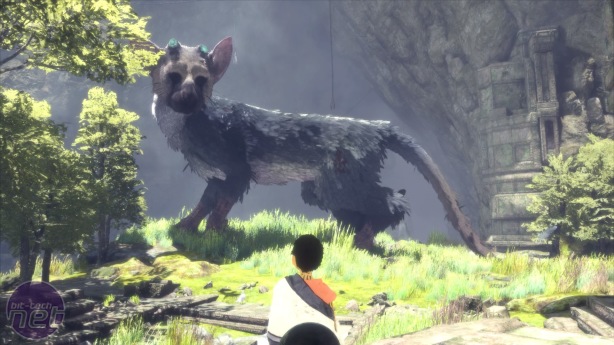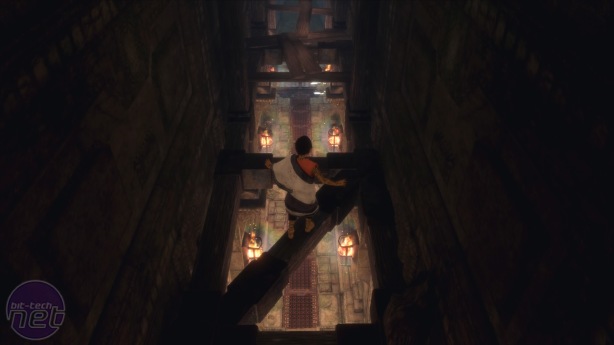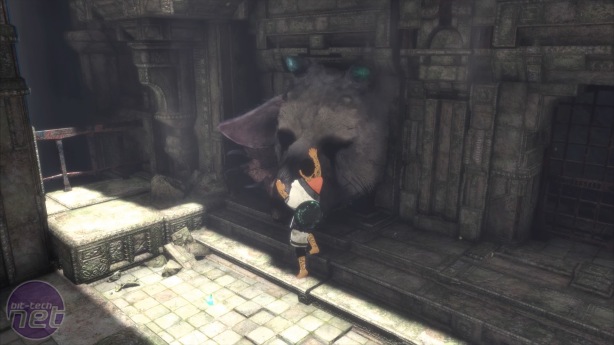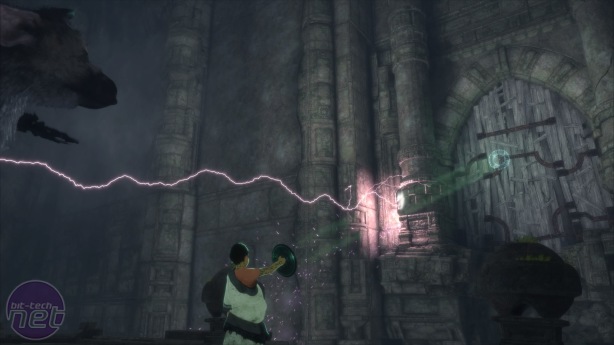The Last Guardian Review
Price: £44.99Developer: GenDesign
Publisher: Sony
Platform(s): PS4
The Last Guardian shouldn’t work. On paper, the long-anticipated sequel to the PS2 classics Ico and Shadow of the Colossus is a terrible idea. It is essentially a 12-hour long escort mission in which you guide and are guided by an animal the size of a bendy-bus through some complex 3D platforming, using a control system that is at best esoteric and at worst downright frustrating. In an era when the wrinkles of the genre have been almost entirely smoothed out by games like Uncharted, The Last Guardian’s chosen approach is potentially disastrous.
But not only does the Last Guardian make its seemingly wrong-headed concept work, it produces something singularly beautiful. In part, this is because The Last Guardian is about relinquishing control. It’s about learning to work with another being whose thought processes are almost entirely alien to you, and the resulting bond that emerges from such companionship.
The plot, such as it is, centres around a young, unnamed boy who awakes in a stone cave deep in the bowels of a ruined civilisation with strange tattoos all over his body. Also in the room is a giant, feathered creature named Trico who is seriously wounded and chained to the ground.
The only way to escape the cave is with Trico’s help. But first you have to convince him that you’re a friend and not a foe, pulling out the spears that prick his body and nursing him back to health. This introduction sets up the central interaction for the entire game whereby you coax and encourage Trico through the crumbling, overgrown remnants of a once-great city.
As I rather crudely described it in the opening paragraph, The Last Guardian is ultimately one long escort mission (although it isn’t always yourself who is doing the escorting). But it succeeds where so many other games have failed due to its superb depiction of the two main characters. Trico in particular is one of the most convincing AI companions I’ve ever seen. In both looks and behaviour Trico is a strange amalgam of dog, cat and bird, sporting a long canine snout and feline ears that twitch and swivel in response to environmental sounds. His feet are distinctly avian while his body is covered in feathers and stunted wings protrude from his back.
Again, on paper this sounds utterly ridiculous, the kind of monstrosity usually reserved for the procedural algorithms of games like No Man’s Sky. But these elements have been carefully combined to ensure none of them stand out more than the others. Similarly, Trico’s animations have been exquisitely blended so that his cat-like leaps between platforms are just as believable as when he scratches at his ears like a dog pestered by fleas.
But what really makes Trico feel like a living animal is the way he reacts to the world and responds to the player. You can’t control Trico directly. In fact, at first you can only call out to him and hope that he will come find you. Later on in the game you learn some more specific commands for jumping or to tell him to move in a certain direction. Yet, even at this point, they feel more like suggestions than fixed orders. Trico, for his part, doesn’t respond immediately. Instead he seems to carefully deliberate your commands and his own movements before acting.
In other games this would be extremely frustrating, but here it makes Trico appear as if he is thinking things through. Indeed, GenDesign has done a superb job of making Trico behave in a convincingly animal manner. His movements and decision making follow an evident logic but are not entirely predictable. Sometimes you’ll have to encourage him out of certain areas by finding his favourite food - wooden barrels filled with a glowing blue substance. Other times, he’ll sniff out the way forward himself. He is also just as curious about the environment you explore as you are, sniffing inquisitively through grassy areas, poking his head into gaps he can’t fit his entire body through, and leaping up to high ground to gain a better view of an area.

MSI MPG Velox 100R Chassis Review
October 14 2021 | 15:04















Want to comment? Please log in.